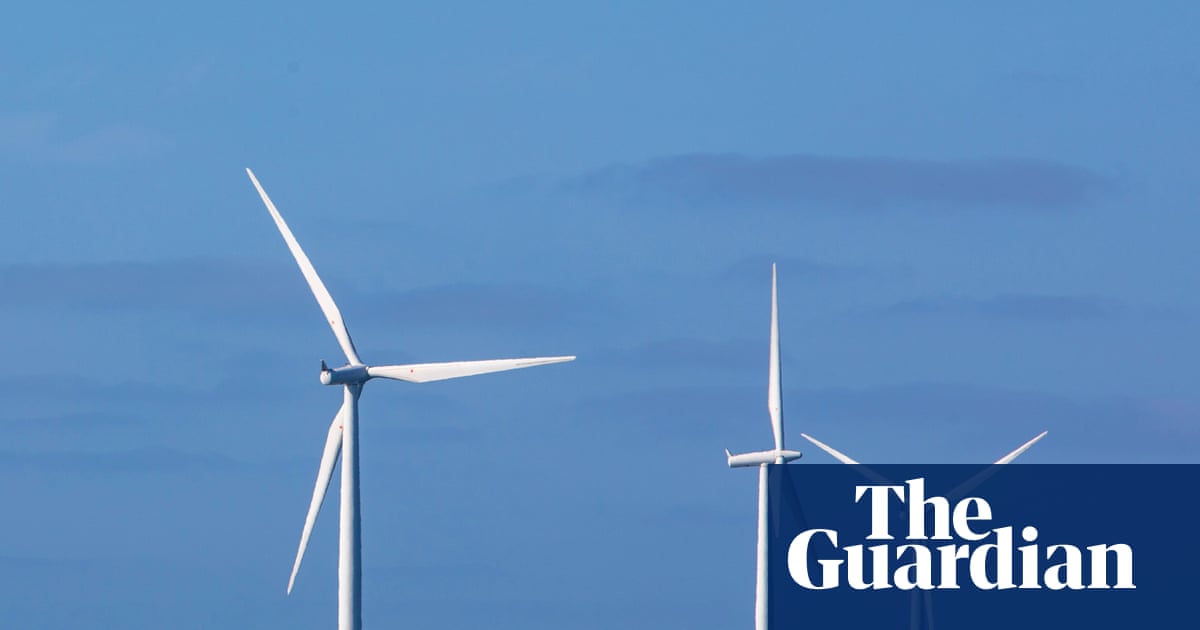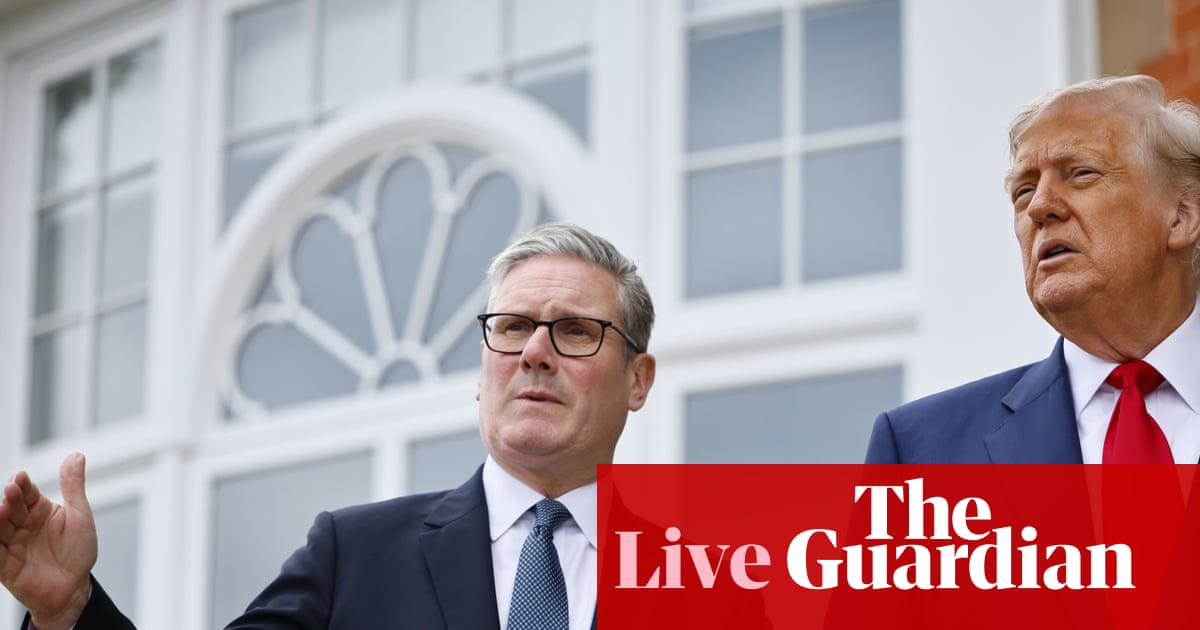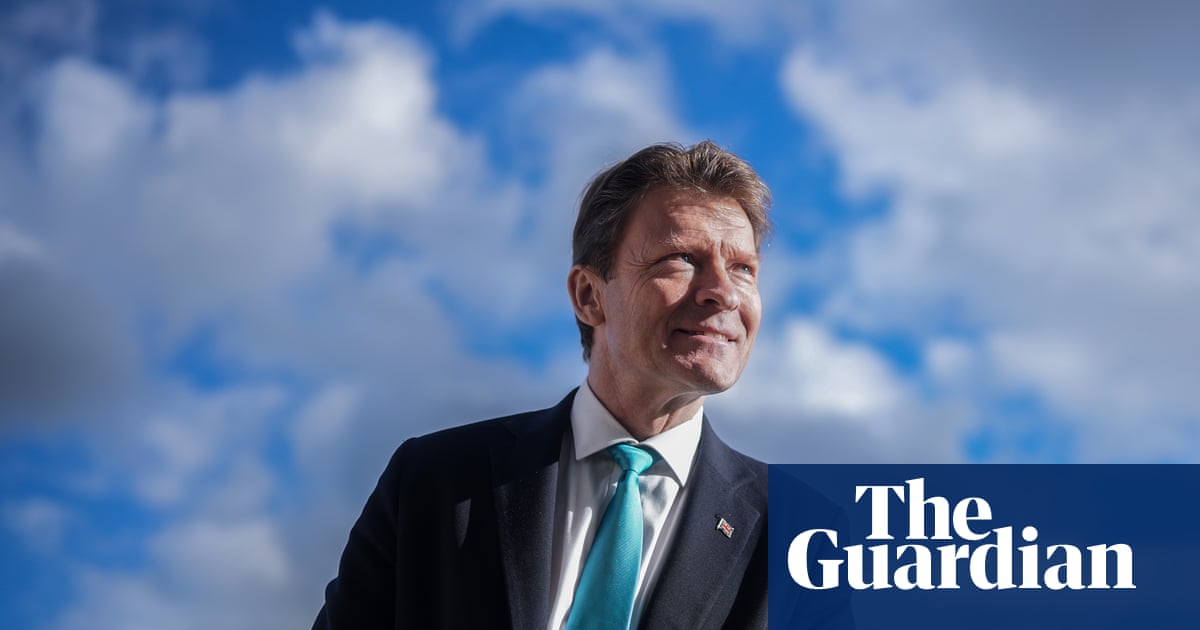T4K3.news
Green energy tariff options shrink in UK
The number of green energy tariffs in the UK has dropped significantly as consumers choose cheaper alternatives.

New data shows a significant drop in green energy tariffs as affordability takes precedence for consumers.
Green energy tariffs decline as households prioritize cost
The availability of green energy tariffs for British households has decreased significantly as the cost of living crisis continues to squeeze budgets. Industry data shows that since the onset of the global energy crisis following Russia's invasion of Ukraine, energy suppliers have been pulling green tariffs from the market. In 2022, green tariffs accounted for 85% of the energy supply market, but that number has now fallen to about 20%. Analysts suggest that as families focus more on affordability, they are sidelining green options in favor of lower-priced deals. The drop in green tariffs, especially dual-fuel options, is notable, with only 13 currently available among 57 total tariffs listed last month.
Key Takeaways
"Green credentials aren’t a higher priority than cost amid a cost of living crisis."
William Mann-Belotti highlights the tough choice consumers face between cost and sustainability.
"Cost concerns might see people switching away from more expensive green tariffs."
Mann-Belotti explores the impact of consumer behavior on energy offerings.
"The deals available are greener than they used to be."
Uswitch emphasizes that while there are fewer green tariffs, their quality has improved.
"Energy suppliers are moving towards buying clean energy directly from projects."
This reflects a shift away from greenwashing practices toward genuine sustainability efforts.
The decline in green energy tariffs highlights an important shift in consumer behavior during economic hardship. As families face unprecedented utility bills, the willingness to pay more for environmentally friendly options diminishes. This trend could push energy companies to reconsider how they market green tariffs, potentially leading to a reevaluation of their pricing strategies and offerings. While some may argue this reflects a step back for sustainability efforts, the increased standards of the remaining green tariffs could be a positive outcome. Consumers may soon prioritize quality green energy over mere availability, ultimately benefiting the environment in the long run.
Highlights
- The need for affordable energy outweighs green credentials today.
- Consumer choice drives the energy market amidst rising costs.
- Green tariffs are less available, but the remaining options are stronger.
- Even in hardship, consumers are urged to consider their carbon footprints.
Potential backlash over energy pricing
As energy suppliers scale back green tariffs, consumers may express dissatisfaction with limited environmentally conscious choices during economic strain.
The energy landscape may change as suppliers aim to balance sustainability and affordability.
Enjoyed this? Let your friends know!
Related News

Amerley Ollennu reveals journey to combat sagging skin

UK government commits to recognizing Palestinian state

FTSE 100 reaches record high of 9,000 points

Trump considers reducing ceasefire deadline for Russia

Experts recommend dietary changes for midlife health

Contractors brace for rising material costs

Experts share foods that replicate weight-loss drug effects

Labour MPs confront Richard Tice on energy plans
